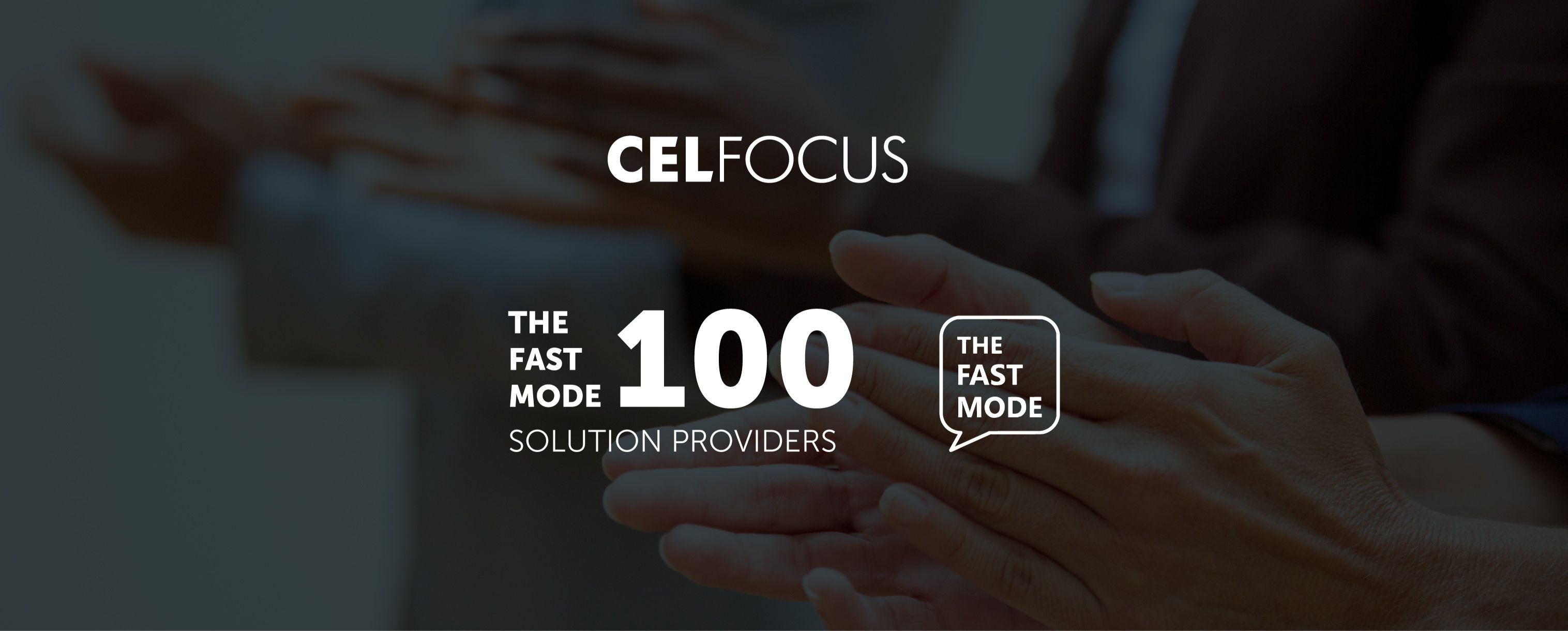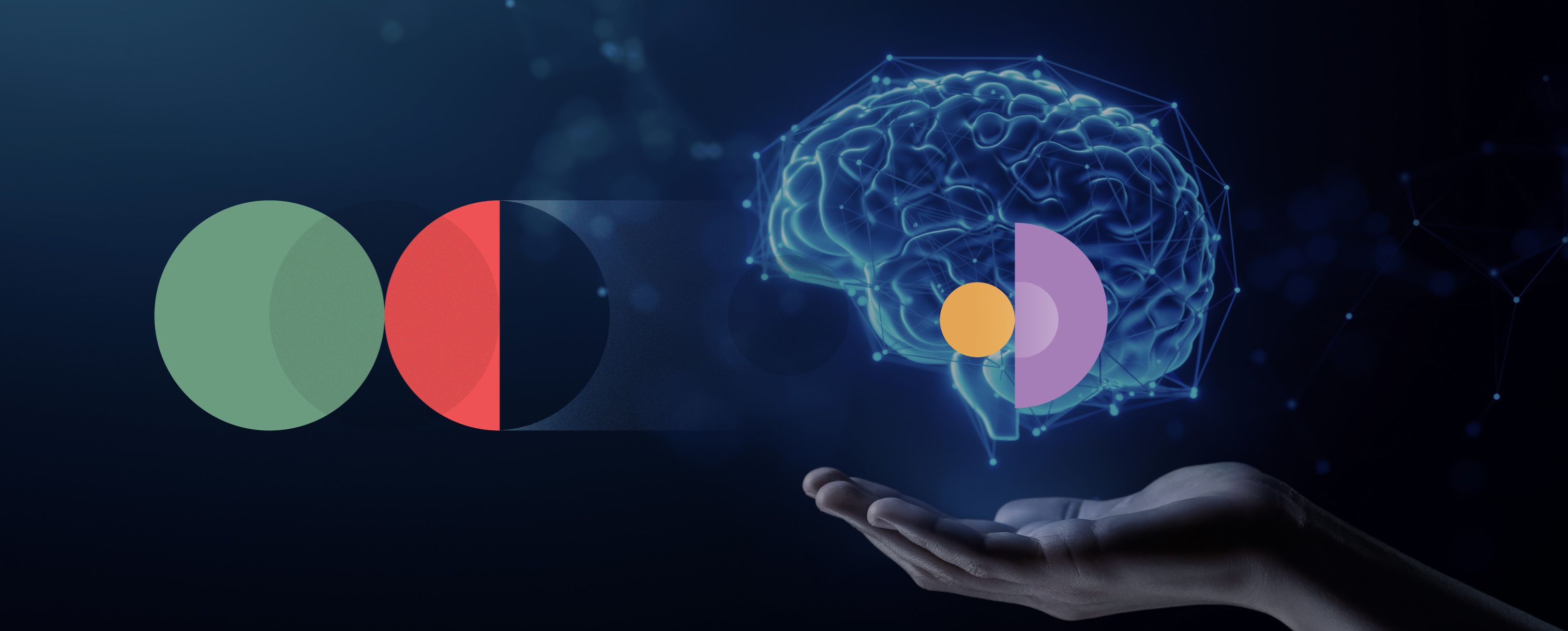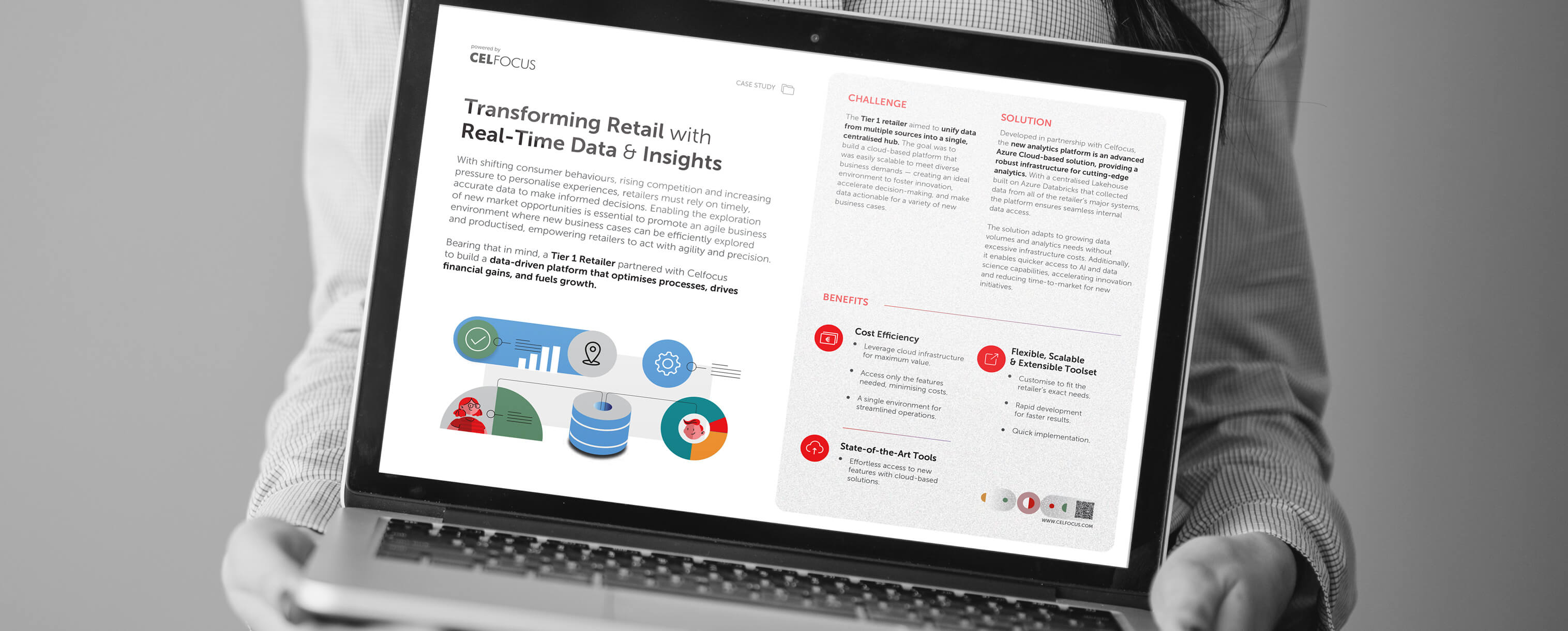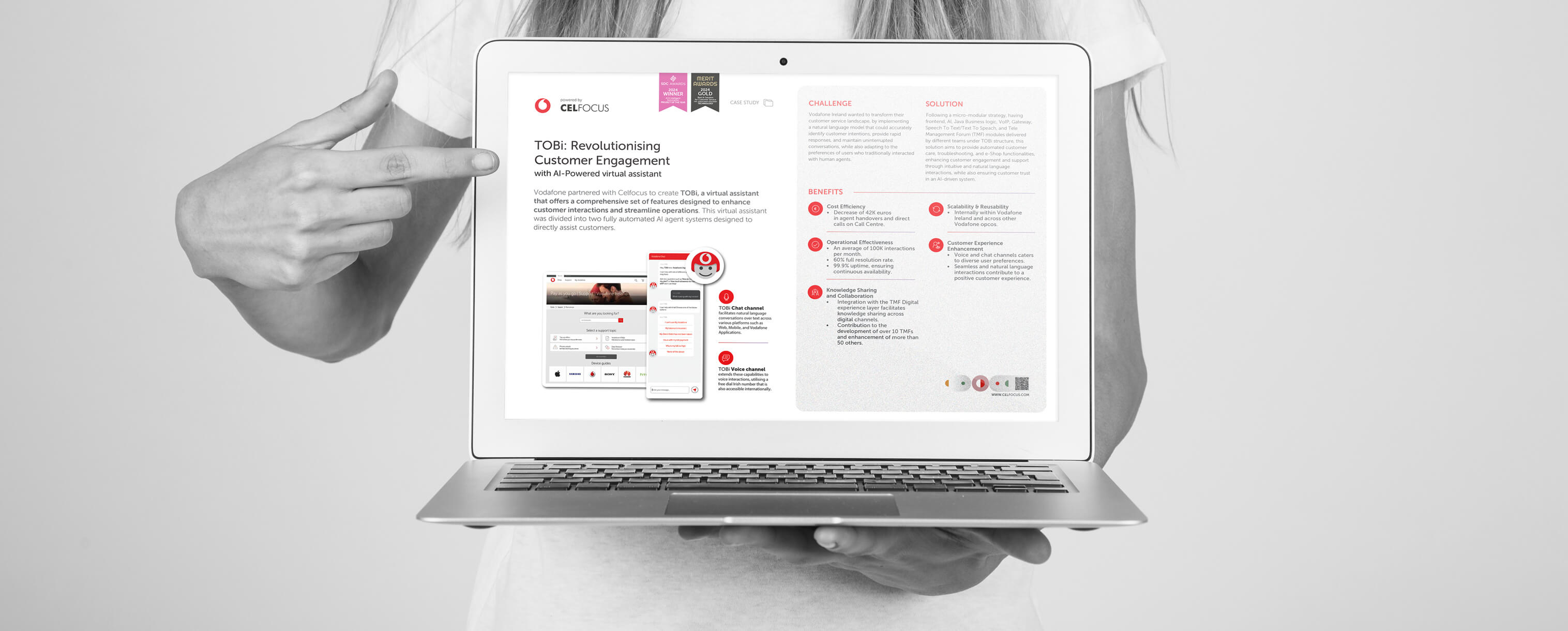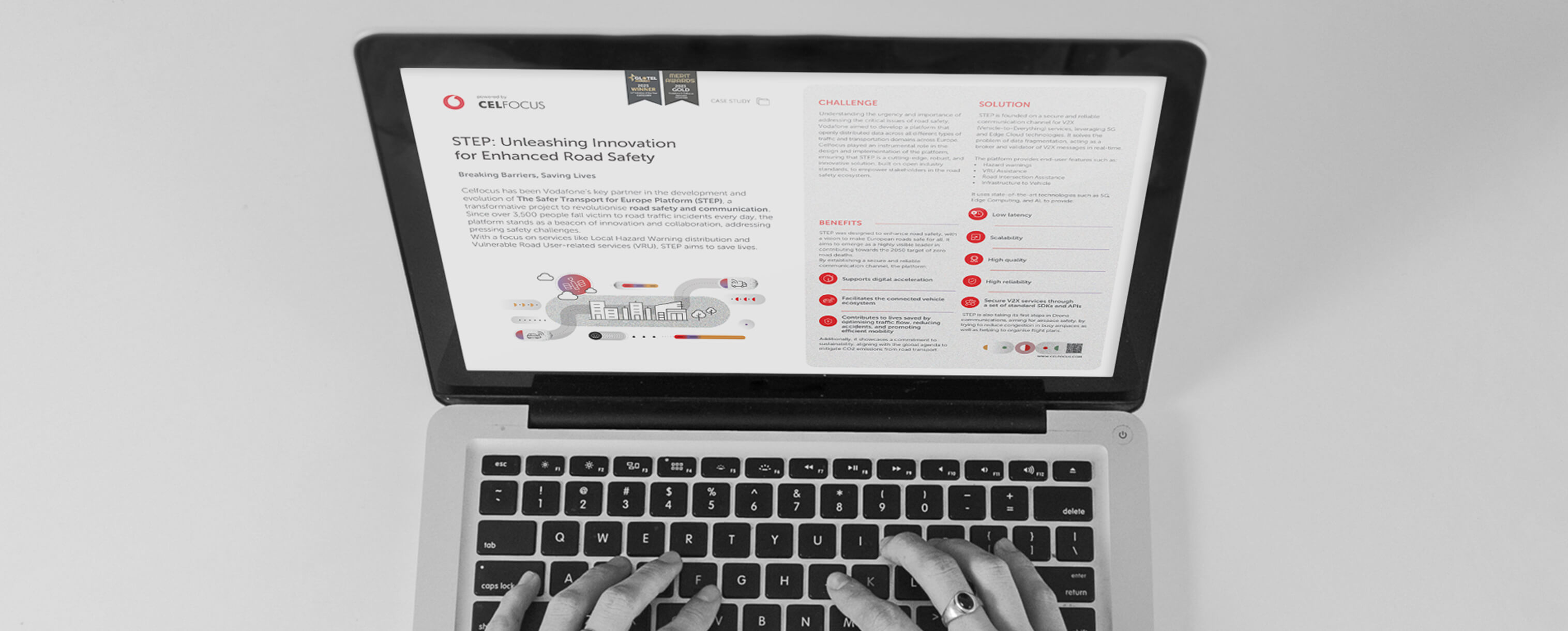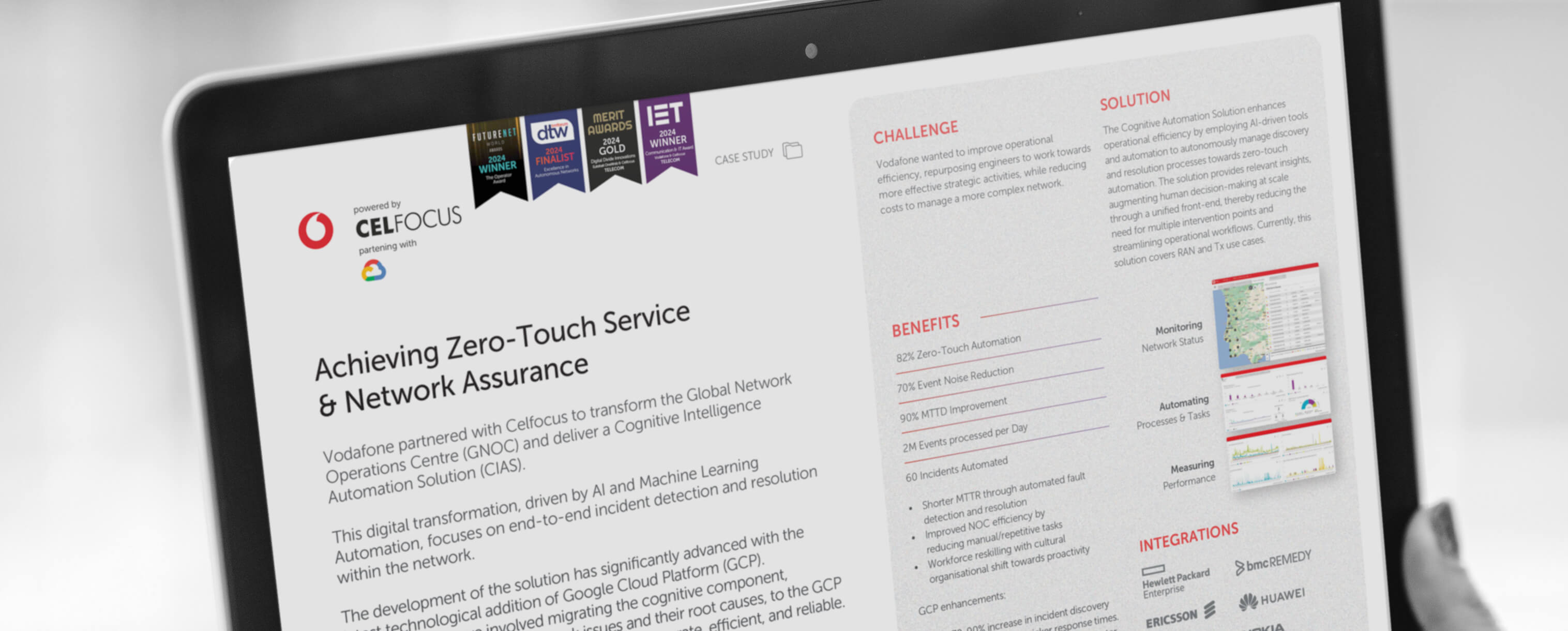|---Module:text|Size:Small---|
This award winning proof of concept demonstrates how satellite can play a key role, alongside edge and 5G, in delivering reliable connectivity all over the world
In an increasingly connected world, reliable communication remains a challenge in remote and mission-critical environments such as disaster zones, offshore operations, or underserved rural regions. SATCOM with an Edge – Phase III, a TM Forum Catalyst project, tackles this head-on by combining satellite communications with 5G and edge technologies to deliver adaptive, on-demand connectivity. The initiative highlights how collaborative innovation among telecom operators, satellite providers, and tech partners such as Celfocus can redefine service delivery – even in the most extreme conditions.
The Challenge: Connectivity Where It Matters Most
Traditional connectivity models rely heavily on terrestrial networks, which often break down in the face of natural disasters or fail to reach remote areas. Satellite networks can fill this gap, but they often operate in silos, making integration with terrestrial services complex and inefficient.
This Catalyst project aims to solve the interoperability challenge by creating a seamless, unified experience for service activation and assurance – regardless of whether connectivity is provided via satellite, 5G, or both. The vision is to allow users to request connectivity through a simple digital interface, while the system behind the scenes orchestrates and activates the most suitable network combination.
|---Module:image|Size:Small---|
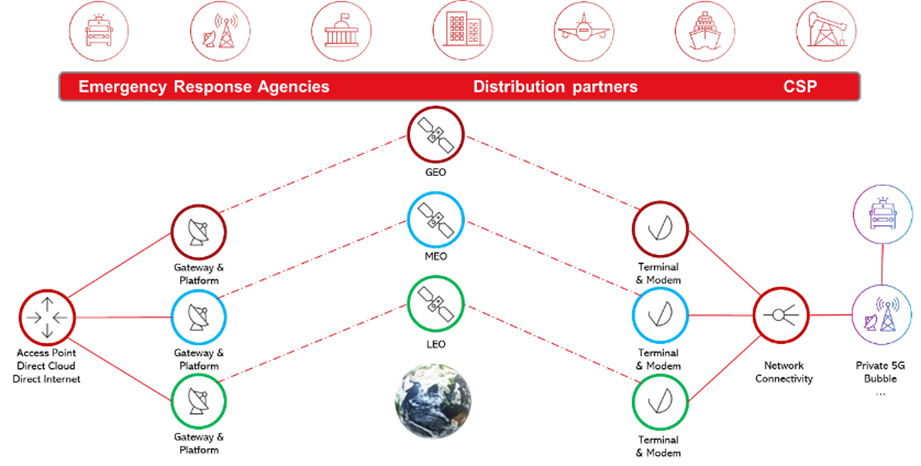
|---Module:text|Size:Small---|
Phase III: Advancing the Vision
Building on earlier phases, SATCOM with an Edge – Phase III introduces intelligent orchestration, dynamic routing, and autonomous service assurance. The solution uses TM Forum Open APIs and standards to integrate multiple service domains, ensuring that users receive the best possible connectivity, even in remote or rapidly changing conditions.
Key innovations include:
- API-driven Service Activation: Customers can initiate a SATCOM+5G service on demand based on natural language. The system provisions all required components automatically, without the need for complex manual intervention.
- Autonomous Network Optimisation: Through SD-WAN and multi-orbit satellite capabilities, the system dynamically selects the best available connectivity path to maintain service quality and meet SLAs.
- End-to-End Service Assurance: A unified monitoring layer provides visibility across the hybrid network, enabling proactive adjustments to maintain performance and reliability.
This approach enables fast, flexible deployment of connectivity solutions that adapt to the environment, supporting use cases from emergency response to remote industrial operations.
|---Module:text|Size:Small---|
Celfocus’ Contribution: Orchestrating Intelligence at the Edge
A key player in the Catalyst, Celfocus brought its expertise in orchestration, automation, and digital innovation to three core areas: 5G resource provisioning, UE provisioning, and the creation of a Digital Twin.
1. 5G Resource Provisioning: Celfocus implemented automated provisioning of 5G network resources, significantly reducing the time and complexity of deploying private 5G networks in the field. Whether for emergency teams in disaster zones or industrial operations in remote areas, this capability enables the rapid spin-up of a complete 5G environment – including the core, radio, and backhaul – integrated with satellite connectivity where necessary.
|---Module:image|Size:Small---|
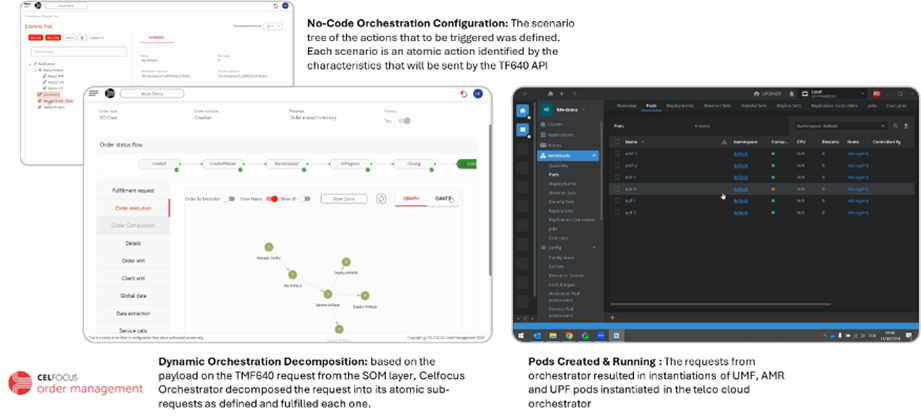
|---Module:text|Size:Small---| 2. UE (User Equipment) Provisioning: In tandem with network provisioning, Celfocus also automated the onboarding of user devices. This ensures that field equipment – from smartphones to IoT sensors – is quickly and securely connected to the newly established network. The process includes assigning credentials, pushing configurations, and enabling seamless device registration with minimal human intervention.
3. The Digital Twin: Laying the Groundwork for AI-Driven Operations: Perhaps the most forward-looking contribution from Celfocus is the Digital Twin – a virtual representation of the hybrid network and its operational environment. In this first iteration, the Digital Twin ingests Customer-Facing Service (CFS), Resource-Facing Service (RFS), and inventory data using the TMF633 API. This forms the structural backbone that allows future real-time data – from sensors, devices, and field personnel – to be contextualised and coordinated.
|---Module:image|Size:Small---|
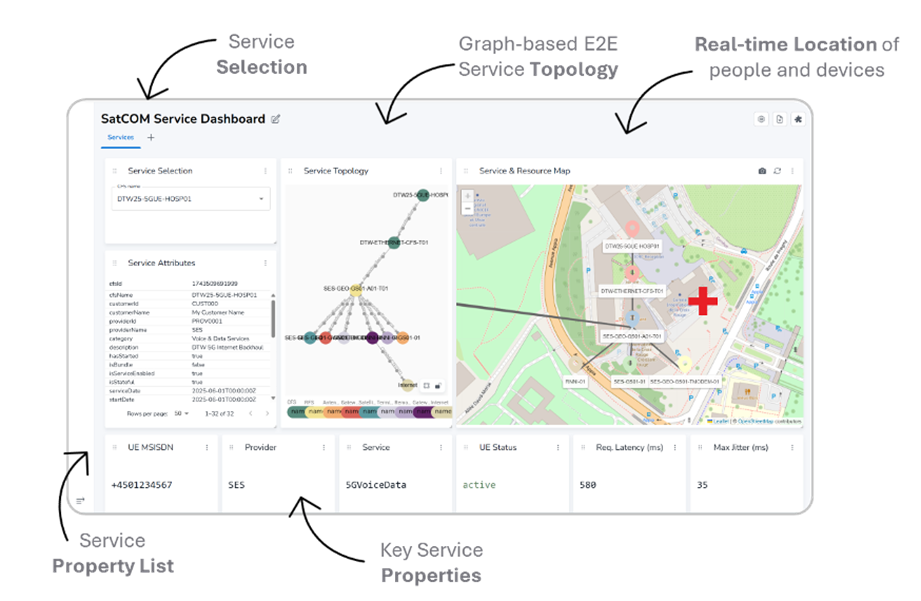
|---Module:text|Size:Small---|By integrating logical network topologies with physical sensor and device data, the Digital Twin provides a live, holistic view of services and field activity. This model enables:
- Remote service monitoring and assurance
- Real-time “field operations” situational awareness
- AI-ready data foundations for intelligent decision-making
As the models evolve, the Digital Twin is expected to support federated data from multiple domains, enabling adaptive and SLA-driven operations in complex environments.
Business Impact and Use Cases
The ability to deploy 5G connectivity anywhere, combined with intelligent satellite integration, opens new horizons for both public and private sectors:
- Disaster Relief: Rapid deployment of resilient networks in crisis zones enhances coordination among rescue teams and medical units.
- Remote Industry: Energy, mining, maritime, and agriculture sectors can operate more efficiently with real-time connectivity in hard-to-reach locations.
- Digital Inclusion: By extending connectivity to rural and underserved regions, operators can help bridge the digital divide while opening new revenue streams.
From a business perspective, the Catalyst also showcases a commercially viable model for inter-operator collaboration, including automated billing and revenue sharing between telcos and providers.
|---Module:text|Size:Small---|
Conclusion
Looking ahead, the next phase of the SATCOM Catalyst will focus on evolving the Digital Twin into an operational intelligence layer. The ambition is to move beyond modelling just the network and services, toward a richer, federated view that incorporates the people and devices using those services in the field.
This evolution will allow the Digital Twin to act as a real-time decision support system – not only optimising how services and networks are deployed and maintained, but also improving how field operations are coordinated. Whether it’s managing a medical team in a crisis zone or synchronising drones, sensors, and responders across a remote oil platform, the enhanced Digital Twin will provide the situational awareness and automation needed to ensure efficiency, safety, and SLA compliance in the most demanding environments.
As this capability matures, it will pave the way for intelligent, closed-loop automation across hybrid networks, setting a strong foundation for the future of autonomous service delivery and operations.
SATCOM with an Edge – Phase III won in the category “Outstanding Catalyst – Tech for Good” at the Open Innovation Awards, during Digital Transformation World-Ignite 2025.






